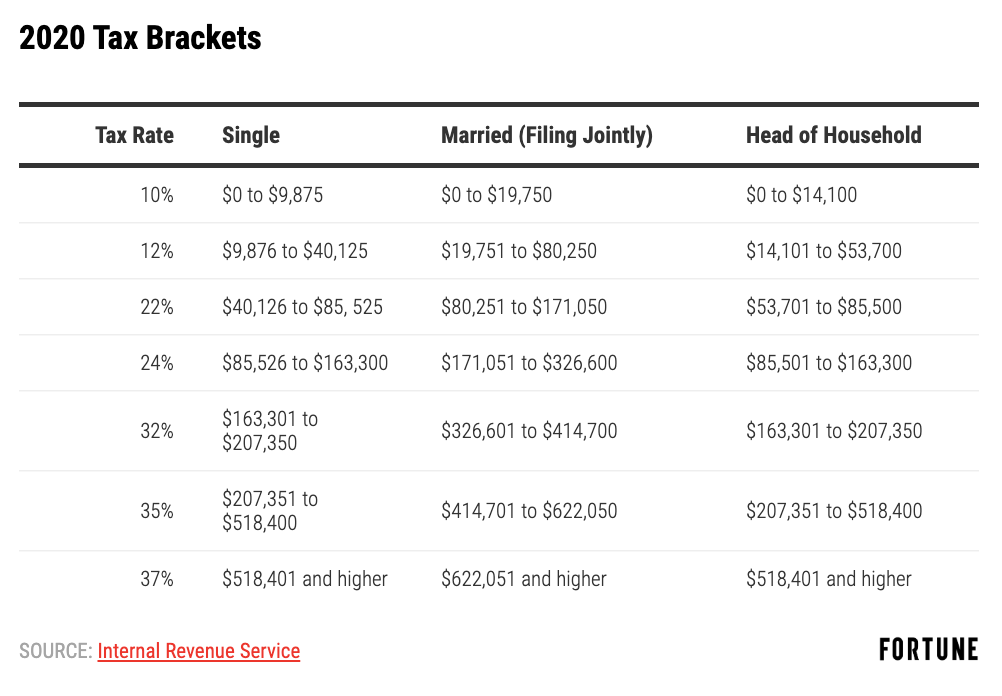This past Friday the SECURE Act of 2019 passed. The act was a bipartisan effort to help Americans be better prepared for retirement. The title is an acronym: Setting Every Community Up for Retirement Enhancement and the act puts the responsibility on individuals to make plans to finance their retirement. The act contains 29 separate provisions, but we are going to share the most notable changes as outlined by a recent Surgent article.
Most of these changes will increase opportunities to save for retirement. Not sure how this will affect you directly? Give us a call, we can walk you through it and see if this opens a new path for your retirement plan.
Stretch IRA
● Current Law: Non-spouse beneficiaries of IRAs can “stretch” minimum distributions over their own lifetime, which allows funds to grow tax-free for an extended period of time.
● SECURE Act: Funds from inherited IRAs would be required to be distributed within 10 years of the IRA owner’s death.
Raised Age Limit
● Current Law: At age 70 ½, individuals are required to withdraw a required minimum distribution (“RMD”) each year. After age 70 ½, individuals can no longer contribute to traditional IRAs (Roth IRAs have no age limit).
● SECURE Act: Individuals could wait until age 72 to begin taking RMDs, which would defer the tax impact of withdrawals and allow savings to accumulate longer. In addition, there would be no age limitation on Roth or Traditional IRA contributions.
Coverage for Part-Time Employees
● Current Law: Employers may exclude part-time employees from 401(k) savings plans.
● SECURE Act: Employees who work 1,000 hours throughout the year or have three consecutive years of at least 500 hours of service would be eligible to participate in a 401(k) savings plan.
Small Business Tax Credit
● Current Law: Employers are eligible for up to a $500 credit for implementing new retirement plans.
● SECURE Act: Employers could receive up to a $5,000 credit for creating new retirement plans. Additionally, a new $500 tax credit would be available to small businesses to encourage automatic enrollment in retirement plans.
Multi-Employer 401(k) Plans
● Current Law: It is costly and burdensome for many small businesses to offer 401(k) plans.
● SECURE Act: Small business employers could join multiple-employer plans or “open MEPS,” which have reduced costs and reduced regulatory barriers, expanding access for their employees to participate in retirement savings plans.
Access to Annuity Options
● Current Law: Many 401(k) plans do not offer annuities due to liability concerns.
● SECURE Act: Plan providers will have decreased liability concerns when offering annuities to participants of 401(k) plans.
Automatic Enrollment Safe Harbor
● Current Law: Employers may set a contribution rate for employees who participate in an auto-enrollment 401(k) plan. Currently, this contribution rate may not exceed 10%.
● SECURE Act: Employers can raise the contribution rate to 15% for employees.
Birth and Adoption Expenses
● Current Law: There is a 10% early withdrawal penalty on 401(k) distributions.
● SECURE Act: Following the birth or adoption of a child, married individuals could withdraw up to $5,000 from their 401(k) accounts without paying the 10% early withdrawal penalty.
Expansion of 529 Plans
● Current Law: Student loan repayments are not considered qualified education expenses.
● SECURE Act: Funds in 529 College Savings Plans could be used to repay qualified student loan repayments, up to $10,000.
Kiddie Tax
● Current Law: The Tax Cuts and Jobs Act of 2017 (“TCJA”) implemented “Kiddie Tax” measures that tax unearned income of children above $2,200 at the top marginal tax rates for trusts and estates.
● SECURE Act: The “Kiddie Tax” rules would revert to pre-TCJA law, in which a child’s unearned income above the threshold would be taxed at the parent’s marginal tax rate.
Please remember that past performance may not be indicative of future results. Different types of investments involve varying degrees of risk and there can be no assurance that the future performance of any specific investment, investment strategy, or product made reference to directly or indirectly in this video and article will be profitable, equal any corresponding indicated historical performance level(s), or be suitable for your portfolio. Moreover, you should not assume that any information or any corresponding discussions serves as the receipt of, or as a substitute for, personalized investment advice from Leading Edge Financial Planning personnel. The opinions expressed are those of Leading Edge Financial Planning as of 12/20/2019 and are subject to change at any time due to the changes in market or economic conditions.
December 23, 2019









